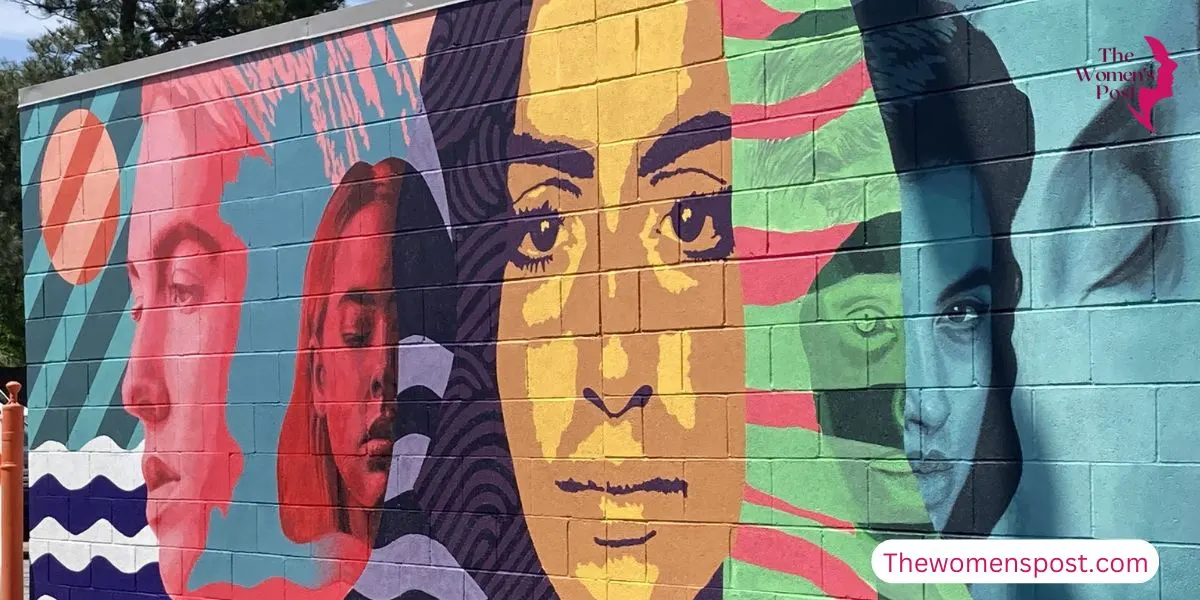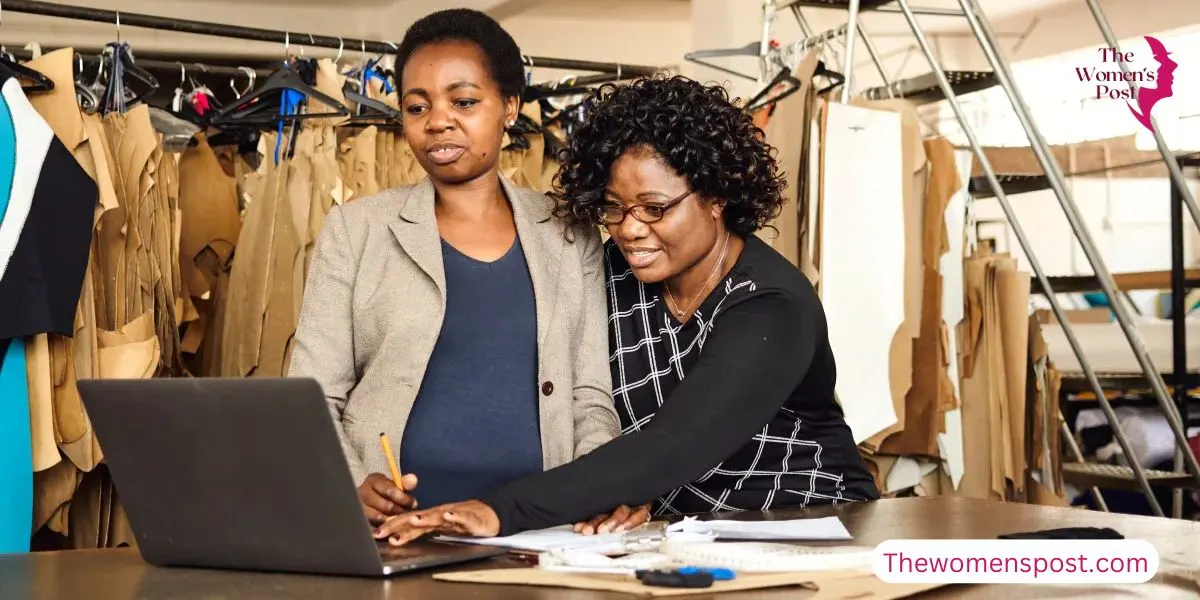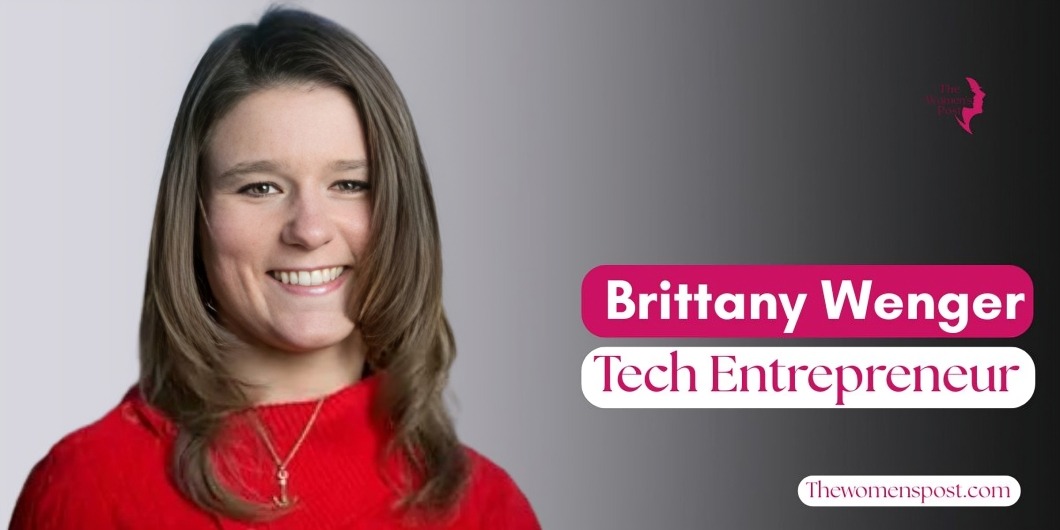Brittany Wenger is a name that speaks to creativity, tenacity, and a passion for change. As a young female tech entrepreneur in healthcare, she accomplished what many would only dream of: developing a ground-breaking tool to assist in breast cancer detection. Her narrative is one of inquiry, fortitude, and a strong will to employ technology to preserve life. In this SEO-optimized blog post, we’ll explore Brittany Wenger’s life, her amazing accomplishments, where she comes from, her education, and how she is motivating others in the domains of science and technology. Emphasizing how Brittany Wenger uses artificial intelligence to fight cancer, we will also respond to five frequently asked questions regarding her work and legacy to help you understand the impact of this scientist who created breast cancer detection software.
Brittany Wenger’s Background and Early Interests
Born in 1994, Brittany Wenger is probably 31 years old as of 2025. Though some sources claim she was born in Ohio, she grew up in Lakewood Ranch, Florida, a small community known for its family-oriented atmosphere. Brittany Wenger showed a strong passion in science and technology from a young age, frequently researching subjects much beyond her course of study. Her curiosity drove her to learn coding in middle school, where she started experimenting with artificial intelligence—more especially, neural networks—in healthcare.
First Steps in Technology with Soccer
Her love of soccer drove her first project. Using virtual players deciding when to pass or dribble, she developed a program using artificial intelligence to teach users how to play the game better. Her early project demonstrated her capacity to mix technology with practical uses, so preparing her for her future work.
A Personal Motivation for Cancer Research
One turning point occurred during her high school years when her cousin received a breast cancer diagnosis. This personal experience profoundly impacted Brittany Wenger and motivated her to concentrate on developing less invasive and more accurate cancer detection technologies using artificial intelligence in healthcare.
Brittany Wenger’s Educational Journey
The educational path taken by Brittany Wenger is equally remarkable than her scientific success. She went to Out-of-Door Academy in Florida, a private institution well-known for its rigorous course offerings.
High School Achievements
She excelled in science and represented her school in esteemed events throughout her high school years. She placed eighth in the Intel Science Talent Search, one of the most esteemed pre-college science contests in the United States, 2013. As a young female tech entrepreneur in healthcare, this acknowledgement underlined her extraordinary talent and commitment to research.
Read More: Empowering the Future: Savitri Jindal’s Impact on Business, Philanthropy, and Women’s Rights
Higher Education at Duke University
Following her high school graduation, Brittany Wenger enrolled in 2013 as an AB Duke Scholar studying biology at Duke University. Her aim was to get an MD-PhD, combining computer science knowledge with medical background to concentrate on pediatric oncology. She balanced her coursework with continuous research as a freshman, proving early young age management of difficult projects. Although her present educational or professional level as of 2025 is not well known, her trajectory points to most likely ongoing medical research or technological activity using artificial intelligence in healthcare.
Academic Details
| Attribute | Details |
| High School | Out-of-Door Academy, Florida |
| University | Duke University, Biological Sciences (commenced 2013) |
| Future Goals | MD-PhD in pediatric oncology with computer science integration |
The Creation of Cloud4Cancer
When Brittany Wenger, then just 17 years old, achieved something, it was most noteworthy. She, a scientist developing breast cancer detection software, received the Grand Prize at the Google Science Fair for her work, “Global Neural Network Cloud Service for Breast Cancer,” later known as Cloud4Cancer. This initiative addressed the difficulties of breast cancer diagnosis using artificial intelligence in healthcare, so revolutionizing medical technology.
How Brittany Wenger Uses AI to Fight Cancer
If the mass is benign, traditional breast cancer diagnosis sometimes entails surgical biopsies—which can be uncomfortable and occasionally pointless. Brittany Wenger concentrated on raising the accuracy of fine needle aspiration (FNA), a less invasive technique sometimes lacking precision. Brittany Wenger clearly uses artificial intelligence—more especially, neural networks—to fight cancer by developing a system that remarkably accurately analyzes data from FNA biopsies. Her program was trained on a vast 7.6 million trial dataset, allowing it to identify intricate patterns suggesting either benign or malignant nature of a breast mass. The outcome was a tool far above current techniques at the time that attained a 99.1% accuracy rate in identifying malignant tumours.
Impact of Cloud4Cancer
Potential impact of Cloud4Cancer was great. Particularly in areas with limited medical resources, by increasing the accuracy of FNA biopsies, it could help to lower the need for invasive procedures and so improve the accessibility and painless diagnosis process. Two cancer research facilities and hospitals used the instrument to diagnose patients. Beta-testing it was also Work by Brittany Wenger resulted in a $50,000 scholarship, trips to scientific hotspots including CERN and Fermilab, and a Lego brick trophy from the Google Science Fair. Her work also received praise from other countries, from big magazines and websites.
Read More: Cervical Cancer Awareness: Empowering Women Through Prevention and Protection
Expanding Cloud4Cancer’s Capabilities
The developer of breast cancer detection software did not stop with that disease. She expanded the ability of Cloud4Cancer to identify leukemia depending on genetic expression patterns. This development allowed the tool to identify aggressive tumours and propose possible proteins for drug targeting, so providing a more individualized approach of treatment. Her capacity to modify her technology to fit other cancers proved its adaptability and potential to revolutionize artificial intelligence in healthcare medical diagnostics.
Sharing Her Work Globally
Brittany Wenger discussed her studies on esteemed venues, including TEDx presentations in CERN in 2013 and Atlanta in 2012. She also showcased her work at the White House Science Fair, where she spoke with President Barack Obama about her project and he urged her to keep up her creative output.
Recognition and Awards
Time Magazine included her among its 30 Under 30 in 2013 for her contributions to science and technology as a young female tech entrepreneur in the healthcare sector. Her prominence as a young STEM leader was further reinforced by several first-place medals at Intel’s International Science Fair.
Achievement Highlights
| Accomplishment | Details |
| Google Science Fair (2012) | Grand Prize winner, $50,000 scholarship, Cloud4Cancer project |
| Intel Science Talent Search (2013) | 8th place, representing Out-of-Door Academy |
| Time Magazine 30 Under 30 | Honoured 2013 for contributions to science and technology |
| TEDx Talks | Presented at TEDx Atlanta (2012) and TEDx CERN (2013) |
| White House Science Fair | Discussed research with President Obama |
Read More: Bumble’s Success Story: How Whitney Wolfe Herd Built a Tech Empire
Brittany Wenger’s Current Status
There is little comprehensive public knowledge on Brittany Wenger’s present activities as of 2025. According to most recent recorded data, she is at Duke University in 2013 studying a biology degree with aspirations for an MD-PhD in pediatric oncology. Given her age and path, she most certainly has been working in medical research or technology, maybe emphasizing pediatric oncology as intended. Without recent public updates, her precise situation is still unknown, though.
Lasting Impact of Her Work
One is certain about Brittany Wenger’s influence. By making medical diagnostics more accurate and less invasive, Cloud4Cancer has demonstrated how Brittany Wenger employs artificial intelligence to fight cancer, so transforming the field. Her work has motivated many young people—especially women—to seek professions in STEM, so demonstrating that invention can begin at any age. Her narrative reminds us that, when combined with curiosity and will, personal events—like her cousin’s diagnosis—can propel significant change.
Brittany Wenger’s Enduring Legacy
From a curious middle schooler to a globally known scientist developing breast cancer detection software, Brittany Wenger’s path is simply remarkable. Just 31 years old, she has already made major contributions to medical technology with Cloud4Cancer, a tool that might save many lives by raising the accuracy of breast cancer diagnosis. Future innovations have been made possible by how Brittany Wenger uses artificial intelligence to fight cancer; her story still inspires young people to follow their STEM interests. Although her present activities are not well known, her legacy as a young female tech entrepreneur in healthcare reminds us that tenacity and inventiveness can transform the world.
Conclusion
Brittany Wenger’s journey exemplifies how passion and innovation can intersect to create life-changing solutions. Her development of Cloud4Cancer not only showcases her brilliance as a scientist but also highlights her commitment to improving lives through technology. As a trailblazer in artificial intelligence and healthcare, she continues to inspire future generations to push boundaries and pursue meaningful change in STEM fields.
Read More: The Strategic Mind Behind Ping An’s Tech Transformation: Jessica Tan’s Story
FAQs About Brittany Wenger’s Work and Legacy
1. What is Cloud4Cancer?
Brittany Wenger created an artificial intelligence-based tool called Cloud4Cancer using neural networks to examine fine needle aspiration biopsies. Targeting to make diagnosis less intrusive and more dependable, it diagnoses breast cancer with 99.1% accuracy.
2. How did Brittany Wenger become interested in breast cancer research?
The diagnosis of breast cancer for Brittany Wenger’s cousin during her time in high school piqued her curiosity. Her personal connection inspired her to create a less intrusive and more accurate artificial intelligence in healthcare diagnosis tool.
3. Which honours has the researcher developing breast cancer detection software earned?
Awarded the 2012 Google Science Fair Grand Prize, ranked eighth in the 2013 Intel Science Talent Search, and listed among Time Magazine’s 30 Under 30, the scientist developing breast cancer detection software won. At Intel’s International Science Fair, she also took home several first-place medals.
4. What is Brittany Wenger studying now?
With intentions to pursue an MD-PhD in pediatric oncology, the young female tech entrepreneur in healthcare was studying Biology at Duke University as of 2013. As of 2025, her present whereabouts are not publicly known.
5. How has the work of Brittany Wenger affected medical technology?
The Cloud4Cancer created by Brittany Wenger shows how artificial intelligence might revolutionize medical diagnostics. Improving the accuracy of less invasive biopsies could result in early cancer detection and improved treatment outcomes, so affecting future developments in healthcare.










